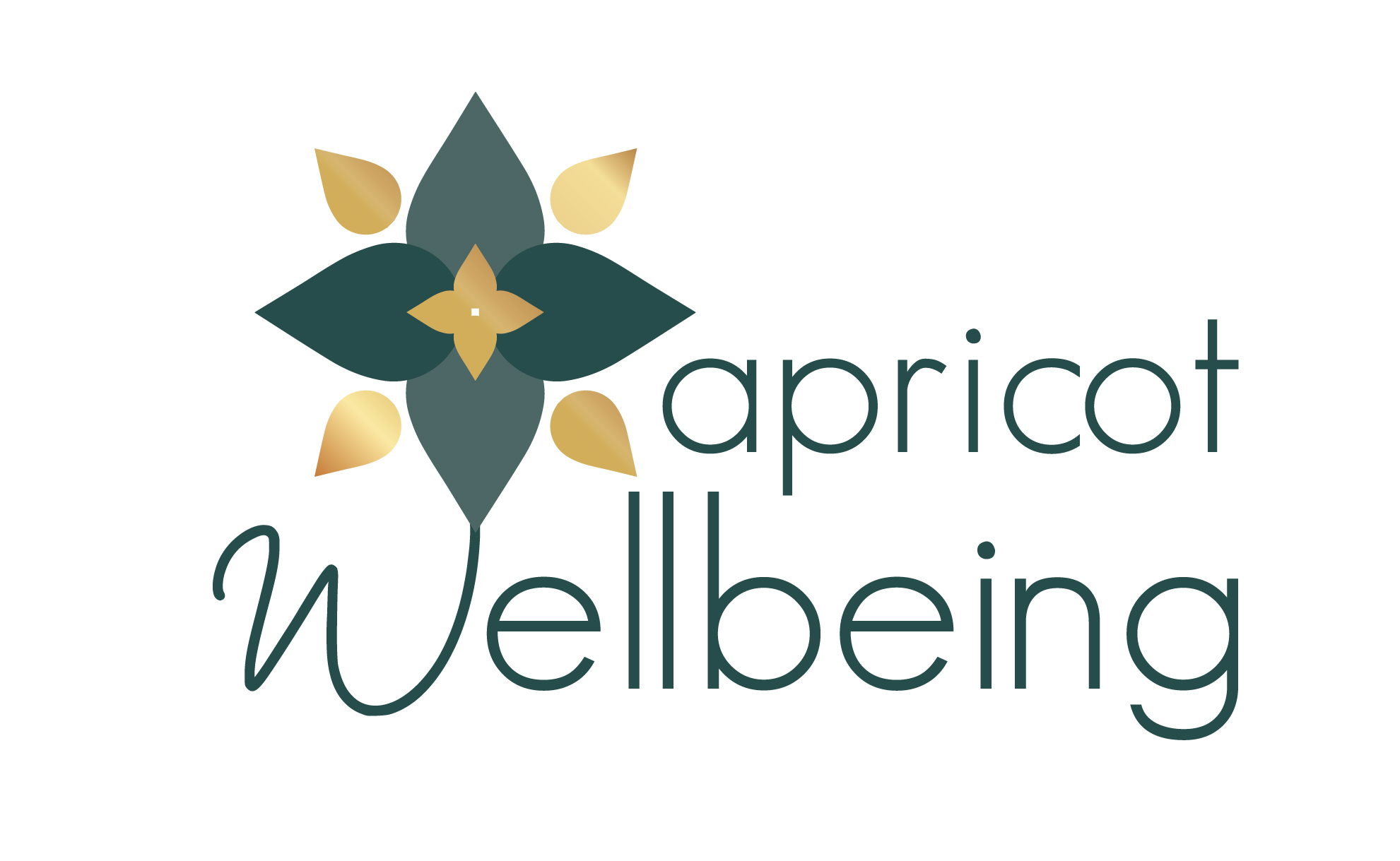Managing our motivation when we are running our own practices
As a transformational life coach, I have a lot of drive to achieve great things in life. I genuinely want to make a difference in people’s lives, and I feel privileged to be part of people’s transformational journey through my work. And I love celebrating that positive impact life coaching offers to many people. However, and like many small start-up businesses, running your own little practice brings many uncertainties and challenges ahead of us. So how do we keep going?

All coaches know that self-actualisation is the ultimate form of motivation and as a life coach we regularly work with people to increase their motivation and guide them through coaching to identify that connection between our own health, wellbeing, and motivation. According to Self-Determination Theory, Ryan & Deci, (1985) the two main types of motivation are extrinsic and intrinsic. While we all tend to use both types of motivation, the balance we strike can be important for our success and health.
When an individual is extrinsically motivated their behaviour is usually externally driven. These external drivers may be money, grades, praise, titles or even fame. This type of motivation can have a role to play in helping us to achieve our aims. However, extrinsic motivation has also been shown to be less effective in ensuring someone completes a challenging task and may even actively undermine the likelihood of completing it.
In contrast, intrinsic motivation is internally driven by an individual interest, passion for or enjoyment in doing something. An intrinsically driven individual will be working towards their own personal goals and achievements and will gain internal meaning and purpose from the task. This approach has been found to be linked to high-quality learning and creativity. This may be due to the focus being primarily on learning and growth, and not on the rewards that may come from the task.
This is not to say that extrinsic motivation is always wrong or harmful – it can sometimes help us to complete tasks that we find dull, unnecessary, or frustrating. The two different types of motivation have functional differences, and both have an importance in completing tasks. However, if you are more intrinsically motivated by your goals, you are likely to experience greater creativity and a higher quality of learning.
As humans, we like to seek a meaning in the activities we do, and some research has focused on how we conceptualise, create and search for meaning in our activities. It has been suggested that finding personal significant meaning in an activity can contribute to a positive experience and positive wellbeing. Research has developed from the 1980’s on how meaningful long-term goals can contribute to long term positive wellbeing. The link between wellbeing and goals has been found to be important, without goals life would lack structure and purpose.
Therefore,I am now paying more attention to the balance of my motivation and trying to find my personal meaning and intrinsic motivation in what I am doing. When I experience a moment during my work, when I am unsure of why I am doing it – I go back to why I started coaching in the first place and try to reconnect with those things that give me intrinsic motivation.
